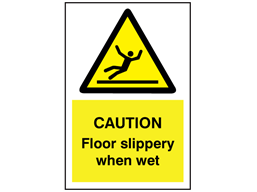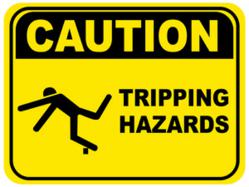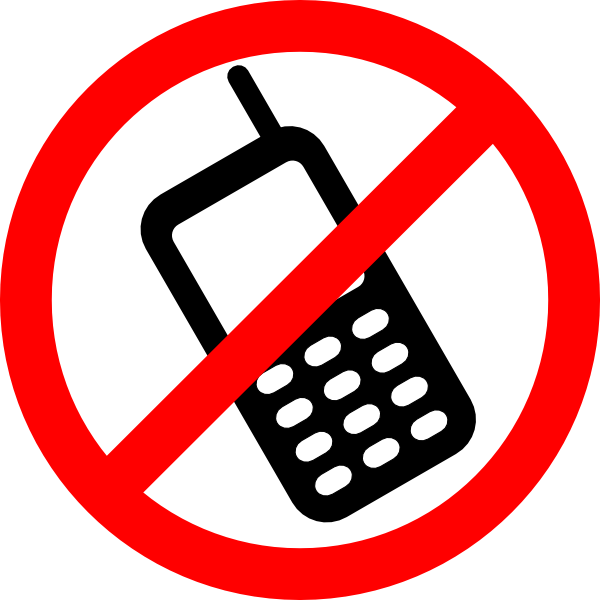As Biggin Hill is an operational hangar complex, there are a number of potential hazards to visitors. These include:
- Risk of unintentional contact with aircraft wingtips, propeller blades, drip trays etc. Be aware of your surroundings at all times and keep a sensible distance from these risks when moving around the hangar
- Do not go under aircraft wings at any time as there are numerous protrusions from the underside of wings including aerials and fixtures
- Aircraft contain high inflammable AVGAS. Do not bring/use devices which could cause sparks or static and do not make/receive cellphone calls inside the hangar
- Children should be supervised at all times and there is strictly NO RUNNING inside the hangar becuse of the risk of injury
- No use of raised work platforms for photography or otherwise
- No access to aircraft cockpits, access doors, wings or any part of the aircraft
- No entry to areas marked with hazard marking tape. These areas contain multiple hazards and visitors must remain out of these areas at all times
- The floor surface can be slippery when wet – take extra care if wearing smooth soled shoes in particular
- As the hangars are an operational base for aircraft, there may be oil spots from aircraft and equipment. If you note one in the walking area, please advise a Biggin Hill staff member immediately
- If your visit coincides with engineering work on any of our aircraft, please do not cross any barriers erected around the aircraft
- If your visit coincides with a ground run of any of our aircraft on the Biggin Hill apron, then you are required to remain INSIDE the hanger for the duration of the engine run and wait until advised that all engine running operations are complete. The inside of the hanger is delineated by the hazard marking tape just before the main door tracks.
- When aircraft are engine ground running on the Biggin Hill hanger apron, please use hearing protection. Earplugs are available on request.
Siren – During the week (Monday to Friday) a siren sounds at exactly 1200 noon to signify Base lunchtime. This is not associated with any emergency event
Emergency lighting – the hangars are equipped with emergency lighting which will come on in the event of a power failure. As well all four Exit door signs in each hangar are illuminated at all times. If evacuating the hangar with only the emergency lighting, there is increased risk of collision with aircraft or other equipment so move cautiously and be aware of the wing tips and propellers of aircraft in particular as these may not be so visible in the reduced lighting.
AED – Hangar 1 is equipped with an Automated External Defibrillator to assist in any medical emergency. This unit is mounted in a cabinet on the beam to the left of the visitors book table to the left as you enter the hangar from the main entrance door. The unit is self prompting.
EMERGENCY EVACUATION – should you be requested to evacuate the hangar, please leave by the nearest exit door (looking from inside – front right and rear left and right). If exiting by the front door, please assemble at the base of the grass mound towards the boundary fence. If exiting by the rear doors, assemble beyond the first line of trees in the open grass area by that boundary fence – move as far away from the building as your safety requires. Do not delay your exit to gather personal items or return to the building for any reason until you are advised it is safe to do so.




